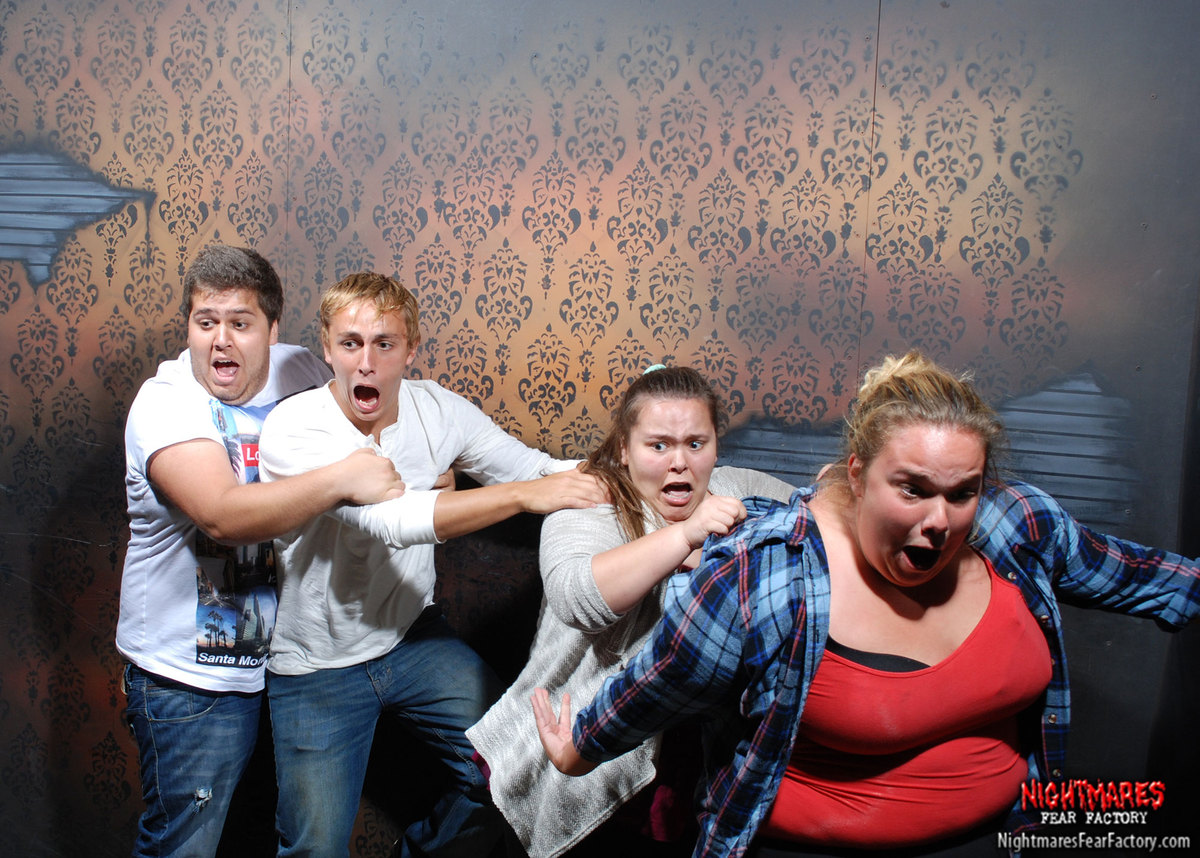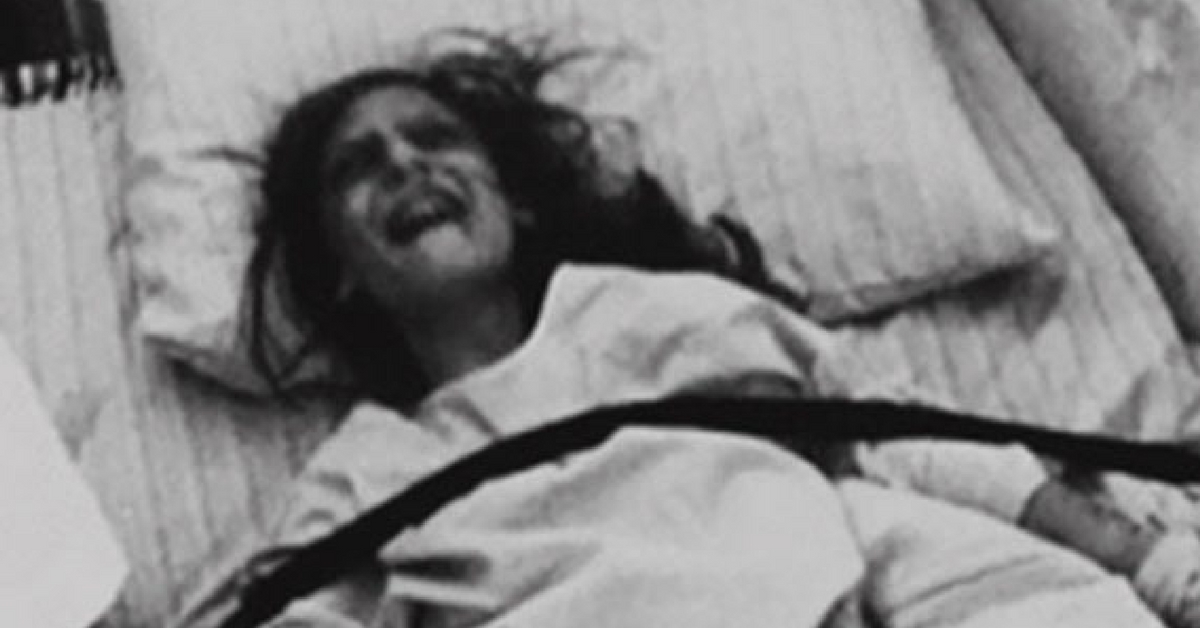If you enjoy watching scary movies filled with vampires, witches, ghosts, and now the trendy fearsome beast, the clown, it has to do with how your brain works.
If you're put in a situation where the threat isn't real, your brain has a way to control and gauge what's going on.
Experts say that people who are capable of controlling their sense of fear allow their brain more time to process information. So if you see something that looks like a spider, you may take a better look to see that it's only a plastic toy.

Experts argue that it's the adrenaline rush that entices people to voluntarily enter haunted houses and watch horror movies (of course, while you're clutching a pillow or blanket to your chest).
The endorphins released in your body dulls your response to pain and induces a sense of arousal and alertness.
"Many people enjoy the sense of control over their fear, turning it on and off, that an imaginary situation such as a movie produces," Goosens told Inside Science.

But what if the threat becomes or feels real?
It's all fun and games until there is actually a stranger in your home or someone with a machete is actually chasing you.
When your brain identifies that the threat is real, it will produce cortisol, which causes the body to begin to feel uncomfortable; some may freeze in fear and others will quickly find a way to escape or get help.
So, if you feel scared, it's probably for a good reason. The ability to distinguish a slight sense of fear and a sudden feeling of danger is a built-in mechanism that's meant to protect us.
Share our story and tell us one time you were super scared!
[H/T: Inside Science]


